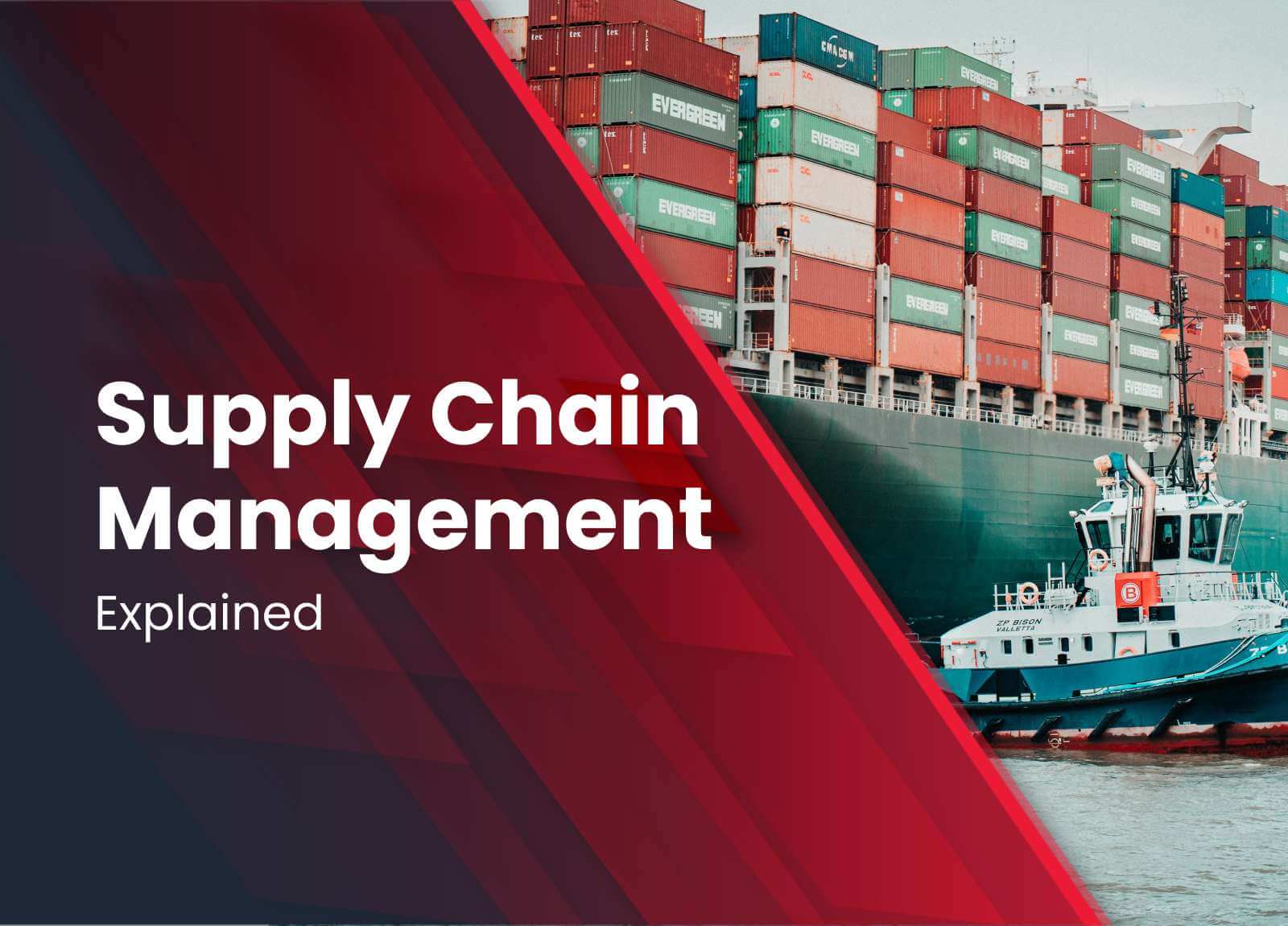To ensure customer satisfaction, all processes from the production line to product delivery must be regulated and coordinated. This signifies how vital it is for business procedures to be well managed and organized. Such organizational processes are known as Supply Chain Management (SCM).
SCM refers to all the activities that are carried out by businesses – from turning raw materials into finished goods to transporting these products to their partners and, eventually, customers. SCM increases efficiency in these processes on all grounds, from the planning of the processes to its cost-effectiveness.

How does SCM work?
The most crucial step in running an efficient business is keeping the supply chain coordinated. Every business has a supply chain. A supply chain is a network a business creates of vendors, other businesses, and the people associated with the business that help run it. The individual roles of everyone in the network, when carried out effectively, add value to a product and service. Supply Chain Management allows for a relationship between all the members of the supply chain and all the processes like production, shipment, and delivery to be monitored and coordinated centrally. Through SCM, the internal inventories, production, distribution, and sales are also managed and controlled.
Supply Chain Management also helps differentiate between the physical and information flow that businesses rely on.
Physical Flows:
Physical flows of the supply chains are defined as the logistics of physical goods, i.e., transportation, storage, shipment, and delivery. The flow begins from the sourcing of raw materials to the production sites, then to the warehouses for storage, and eventually the product’s shipment and delivery to the customer. Each step requires a lot of planning, coordination, and monitoring.
Information Flows:
For business processes to be efficient, there should be complete transparency in the steps carried out by each member of the chain to manage and coordinate procedures well. To keep the supply chain running, there has to be a consistent flow of information to ensure everyone in the chain performs their job effectively. Suppliers and vendors depend on manufacturers for their orders, and distributors need to be aware of the inventory being provided to them and when they will be delivered. This flow of information makes coordination more effective since everyone is co-dependent on fulfilling their roles.

What are the Objectives of SCM?
One of the main objectives of SCM is to help centralize all the operations and processes of a business or corporation to manage it more effectively. This improves the overall efficiency of the business and also helps reduce costs. It also helps communicate with suppliers, manufacturers, partners, logistics, etc., in a more systemized manner and helps improve relationships with them, which are essential. The agility of the business improves. Good supply chain management aims to improve customer service and satisfaction, which is a fundamental objective of a business.
The 5 Parts of SCM
Multiple steps and processes fall under the umbrella of Supply Chain Management. A supply Chain Manager oversees that all of these processes are conducted with maximum efficiency and that the cost of carrying out these processes is minimum. Steps under supply chain Management are divided into five parts:
Planning:
All the steps to be carried out under SCM require planning. The most basic form of planning for businesses is planning the production of goods and ensuring the supply of the product matches its demand in the market. After analyzing and predicting the demand, the company then predicts the number of goods it needs to produce. The Supply Chain Manager orders the material required from suppliers, and production processes continue. Another step under planning in SCM is forecasting the expected labor, capital, capacity, etc. required. ERPs like NetSuite Supply Chain Management Solutions allow big corporations to make such analyses and plan and coordinate their actions accordingly.
Sourcing:
A business to secure efficient production identifies the suppliers, distributors, and partners that are needed to provide materials and carry out certain procedures that a firm cannot perform on-site. These are all part of the business’s supply chain. A business ensures a relationship with multiple such suppliers etc., to guarantee the inventory required for production is available in situations where a vendor may not be able to provide the quantity needed. A supplier also may not be able to provide at the required time. Sources are essential to a business. SCM allows the tracking of orders from suppliers to ensure there are no lags in the receiving of raw goods, alongside maintaining contact and good terms with the suppliers.
Manufacturing:
The central part of the supply chain process is the utilization of raw materials, capital, and labor to create a product. Tracking the manufacturing of goods in progress and finished goods are responsibilities of the manufacturer, alongside making sure there are enough resources available to meet the required demand. The company keeps an eye on the different stages of the manufacturing process, such as assembly and inspection, to ensure that manufacturers do not diverge from the original plan, e.g., use more raw material than estimated.
Delivering:
In the first three parts of SCM, the customer has not interacted with the product yet; hence the delivery stage is considered a brand image contributor for the company. Companies organise their product according to the required timeline of delivery and maintain inventory to make sure it meets the demand required. They acquire channels of delivery and logistics to ensure the product securely reaches consumers on time. This part of SCM also involves invoicing and collecting payments from customers. It is the last step in the supply chain.
Returning:
Delivery is not the end of the product cycle, as products are sent back to the company from time to time. Acquiring these products and refunding consumers is part of customer service, and the company must ensure it can manage the return of goods via logistics and the monetary capacity to refund consumers. If the product has been returned due to customer dissatisfaction or product damage, the company needs to communicate throughout the supply chain at different stages of production to identify the problem and make corrections. This allows companies to reduce the chances of customer dissatisfaction in the future.

The Benefits of SCM
In an age where supply chains are getting more and more complex, it is integral to make sure all the flows in the supply chain are transparent on all parts to ensure maximum efficiency. SCM offers numerous benefits, from maintaining supplier relationships down to the maintenance of customer relationships. Here are some of the most important benefits of SCM:
Improved Collaboration
Information flow between all stages of SCM is an integral part of maintaining collaboration in the supply chain but is often a challenge to maintain. It is estimated that in 76% of companies, there is no automated flow of information across the supply chain, and half of the businesses claim fragmented information leads to lost sales opportunities. Software solutions such as the NetSuite Supply chain management solutions allow for a seamless flow of information, allowing better collaboration and in turn, improving supply chain activities.
Better Quality Control
Having direct communications with suppliers and managing each step throughout SCM offers companies great quality control. When the flow of information starting from acquiring raw materials from suppliers is good, the quality of the product down the line is maintained. Ensuring the suppliers and business partners follow the established guidelines for materials is important and improves the quality of the product. This cannot be obtained without good Supply Chain Management.
Enhanced Customer Service:
The fundamental goal of all companies is to ensure that their customers are always satisfied – whether they are other businesses or individual consumers. Maintenance of inventory after production, ensuring proper packaging and delivery, making sure all these steps are carried out at the right time, and supporting customers after their procurement of products are all part of good customer service and increase their satisfaction. Good supply chain management helps manage and coordinate these processes and, in turn, helps improve the brand image of the company, as any lack in the aforementioned processes would reflect badly on a company, and they may lose future sales opportunities.
Efficiency in Keeping up with Demand
A transparent and accurate information flow leads to the right physical flow in companies when it comes to manufacturing – companies produce goods per present demand and expected demand. Without access to accurate real-time information, they may not be able to analyse and predict demand accurately and not maintain their internal inventories well. They may not be able to acquire the right number of raw materials, and this may interfere with the companies’ costs and cause a lot of mismanagement.
Reduction in Costs
Accurate demand predictions, companies reduce their overhead costs by ordering inventory that’s high velocity and increases revenue. Automation solutions such as NetSuite Supply Chain Management Solution helps manage warehouses and optimise them such as to reduce costs, e.g., reduce costs while managing inventory and improving overall efficiency. This also helps identify unnecessary high costs, such as a supplier or partner charging too much for their services; in such cases, switching to different suppliers that charge less for the same service, etc. will improve efficiency and reduce costs.
Improved Analysis
Managing a good flow of information throughout the supply chain provides companies with the right information to analyse and predict a huge amount of information, such as predicting demand which in turn helps analyse the amount of internal inventory to be maintained, etc. Supply Chain Management helps with that. It also helps evaluate the cost to be incurred and prepared likewise. Companies also evaluate supply chains to analyse potential risks and prepare backup plans accordingly to guarantee there are no lags in all the supply chain processes. Automated Supply Chain Management solutions help in forecasting and analysing.

What is NetSuite Supply Chain Management?
NetSuite supply chain management solutions allow businesses to monitor the flow of goods from suppliers to manufacturing and finally into the hands of customers. Maintain production efficiency by ensuring that all materials are available and in the proper locations, as well as precisely scheduling machinery and manpower resources. The procurement capabilities of NetSuite engage with vendors and assure accuracy throughout the purchasing process. Then, integrated demand planning, inventory management, and predictive analytics are used to optimise production methods, and work orders and routing ensure that supply plans are followed and products are delivered on time.
What Challenges Does NetSuite Supply Chain Management Resolve?
Stock Outs: Increase product availability – and revenues – by precisely forecasting future demand.
Production Delays: Consider lead times and assemblies when determining when materials must arrive to keep production on pace.
Inconsistent Quality: Inspect raw materials upon arrival and conduct regular quality checks throughout the manufacturing process to ensure requirements are met.
